Since spring of last year, North Carolina’s largest utility has been testing whether household batteries can help the electric grid in times of need — and now the company wants to roll out the plan to businesses, local governments, and nonprofits, too.
Duke Energy has already paid hundreds of North Carolinians to let it tap power from their home storage systems when electricity demand is highest. It’s Duke’s first foray into running a “virtual power plant,” in which the company manages electricity produced and stored by consumers, much as it would control generation from its own facilities.
In September, the utility proposed a similar model for its nonresidential customers, asserting that the scheme will save money by shrinking the need for new power plants and expensive upgrades to the grid. The recognition signals a way forward for distributed renewable energy and storage as state and national politicians back away from the clean energy transition.
The initiative now needs approval from the five-member North Carolina Utilities Commission, where the virtual-power-plant model has faced some skepticism. But the apparent merits of Duke’s plan, which has broad backing, may be too enticing for commissioners to ignore — especially when the state is grappling with rising rates and voracious demand from data centers and other heavy electricity users.
“In an era of massive load growth, something that should lower costs to customers while helping meet peak demand — to me, it’s an absolute no-brainer,” said Ethan Blumenthal, regulatory counsel for the North Carolina Sustainable Energy Association, an advocacy group. “I’m hopeful that [regulators] see it the same way.”
Duke’s trial residential battery incentives grew out of a compromise with rooftop solar installers. Like many investor-owned utilities around the country, the company sought to lower bill credits for the electrons that solar owners add to the grid. When the solar industry and clean energy advocates fought back, the scheme dubbed PowerPair was born.
The test program provides rebates of up to $9,000 for a battery paired with rooftop photovoltaic panels. It’s capped at roughly 6,000 participants, or however many it takes to reach a limit of 60 megawatts of solar. Half of the households agree to let Duke access their batteries 30 to 36 times each year, earning an extra $37 per month on average; the other half enroll in electric rates that discourage use when demand peaks.
The incentives have been crucial for rooftop solar installers, who’ve faced a torrent of policy and macroeconomic headwinds this year, and they’ve proved vital for customers who couldn’t otherwise afford the up-front costs of installing cheap, clean energy.
But the PowerPair enrollees already make up 30 megawatts in one of Duke’s two North Carolina utility territories and could hit their limit in the central part of the state early next year, leaving both consumers and the rooftop solar industry anxious about what’s next.
Duke’s latest proposal for nonresidential customers — which, unlike the PowerPair test, would be permanent — is one answer.
Battery incentives for businesses: “A long time coming”
The proposed program is similar to PowerPair in that it’s born of compromise: Last summer, the state-sanctioned customer advocate, clean energy companies, and others agreed to drop their objections to Duke’s carbon-reduction plan under several conditions, including that the utility develop incentives for battery storage for commercial and industrial customers. The Utilities Commission later blessed the deal.
“This was pursuant to the settlement in last year’s carbon plan,” said Blumenthal, “so it’s been a long time coming.”
While many industry and nonprofit insiders refer to the scheme as “Commercial PowerPair,” its official title is the Non-Residential Storage Demand Response Program.
That name reflects the incentives’ focus on storage, with solar as only a minor factor: Duke wants to offer businesses, local governments, and nonprofits $120 per kilowatt of battery capacity installed on its own and just $30 more if it’s paired with photovoltaics.
The maximum up-front inducement of $150 per storage kilowatt is much less than the $360 per kilowatt offered under PowerPair. But more significant for nonresidential customers could be monthly bill credits: about $250 for a 100-kilowatt battery that could be tapped 36 times a year, plus extra if the battery is actually discharged.
Unlike households participating in PowerPair, which must install solar and storage at the same time to get rebates, nonresidential customers can also get the incentives for adding a battery to pair with existing solar arrays.
“That could be very important for municipalities around North Carolina that have already installed a very significant amount of solar, but very little of that is paired with battery storage,” said Blumenthal.
Duke has high hopes for the program, projecting some 500 customers to enroll. Five years in, the resulting 26 megawatts of battery storage would help it avoid building nearly 28 megawatts of new power plants to meet peak demand, saving over $13.6 million. That’s significantly more than the cost of providing and administering the incentives, which Duke places at nearly $11.8 million.
“The Program provides a source of cost-effective capacity that the Company’s system operators can use at their discretion in situations to deliver economic benefits for all customers,” Duke said in its September filing to regulators. “Importantly, the Company received positive feedback from its customers … when sharing the details of the Program.”
Indeed, the proposal has been met with support not just from the Sustainable Energy Association and other clean energy groups but also organizations like the North Carolina Justice Center, which advocates for low-income households. It earned praise from local governments represented by the Southeast Sustainability Directors Network and conditional support from the state-sanctioned customer advocate, known as Public Staff, too.
Tipping the scales for more and bigger batteries
The good vibes continued last week, when Duke responded positively to detailed suggestions from these parties on how to improve the program. That included a request from Public Staff that the company raise the per-customer limit on battery capacity to align with the maximum amount of solar that a business or other nonresidential consumer can connect to the grid, which is currently 5 megawatts.
“Larger batteries sited at larger customer sites can help provide more significant system benefits and can reduce the need for incremental utility-owned energy storage installed at all ratepayers’ expense,” the agency told regulators in its November comments. It recommends a cap tied to a customer’s peak demand; for example, a business that consumes more energy at once should get incentives for a bigger battery. Duke agreed in its Dec. 5 comments, calling that limit “reasonable.”
Still, questions remain about how to make the incentives most impactful.
Public Staff, for instance, believes Duke should increase its monthly payment to customers for keeping their batteries charged and ready to deploy. This “capacity credit” is now set at $3.50 per kilowatt but effectively reduced to $2.48, because the utility assumes that a percentage of users won’t properly maintain their systems, based on its experience with households. The company calls that a “capability factor,” but the agency dubs it “collective punishment” for all customers and says it should be eliminated or recalibrated for “more sophisticated” nonresidential participants.
Raleigh, North Carolina–based 8MSolar, a member of the Sustainable Energy Association, is among the many installers that have been eagerly anticipating Duke’s proposal.
The program on its own likely won’t “move the needle unless the incentives get bumped up,” said Bryce Bruncati, the company’s director of sales. However, the scheme could tip the scales for large customers when stacked on top of two federal tax opportunities: a 30% incentive available through the end of 2027 and a deduction tied to the depreciation value of the system — up to 100% thanks to the Republican budget law passed this summer.
“The combined three could really have a big impact for small- to medium-sized commercial projects,” Bruncati said. The Duke program would represent “a little bit of icing on the cake.”
Whatever their size and design, the fate of the incentives rests entirely with the Utilities Commission, now that the final round of comments from Duke and other stakeholders is in. There’s no timeline for a decision.
At least one commissioner, Tommy Tucker, has voiced skepticism about leveraging customer-owned equipment to serve the grid at large. “I’m not a big fan of the [demand-side management] or virtual power plants because you’re dependent upon somebody else,” the former Republican state senator said at a recent hearing, albeit one not connected to the Duke program.
Still, Blumenthal waxes optimistic. After all, Tucker and three other current members of the commission are among those who ruled last year that Duke should present the new incentive program.
“They seem to recognize there is value to distributed batteries being added to the grid,” Blumenthal said. “The fact that [the proposal] is cost-effective is key because the idea is, the more of it you do, the more savings there are.”
Two corrections were made on Dec. 10, 2025: This story originally misstated the number of times a year that Duke can tap a PowerPair participant’s battery; it is 30 to 36 times a year, not 18. The story also originally misstated the enrollment Duke expects for the nonresidential program; the utility expects 26 megawatts of batteries, not 26,000 customer participants.








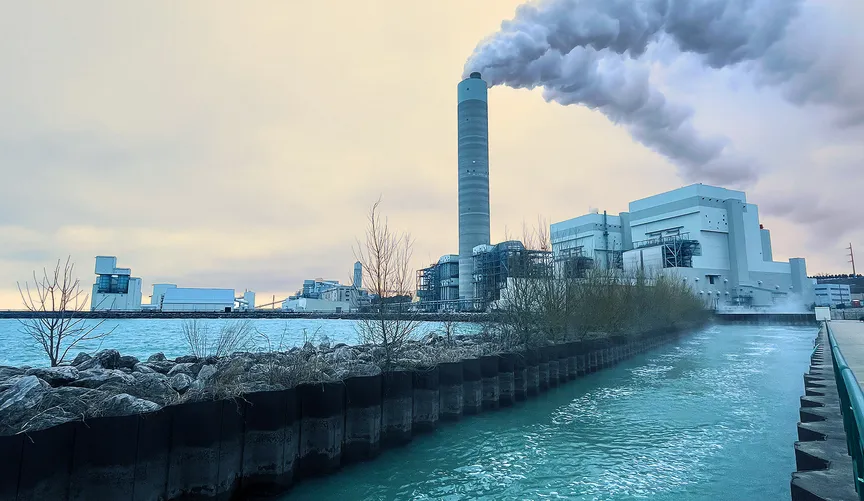
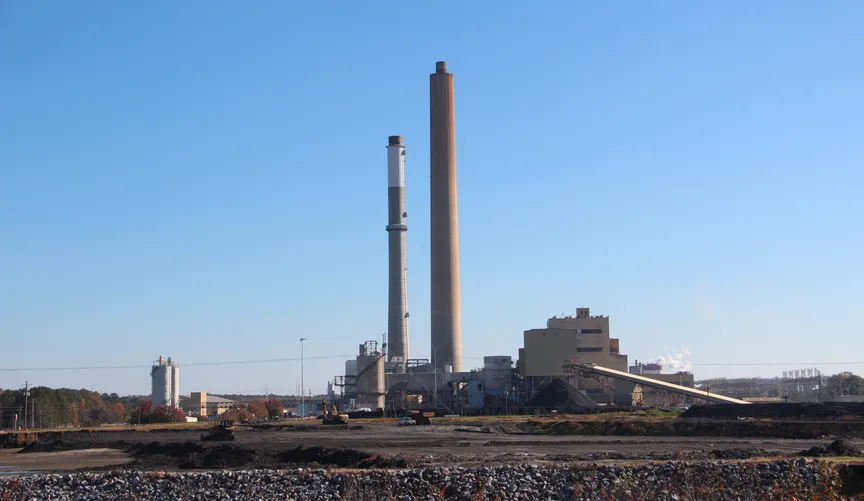


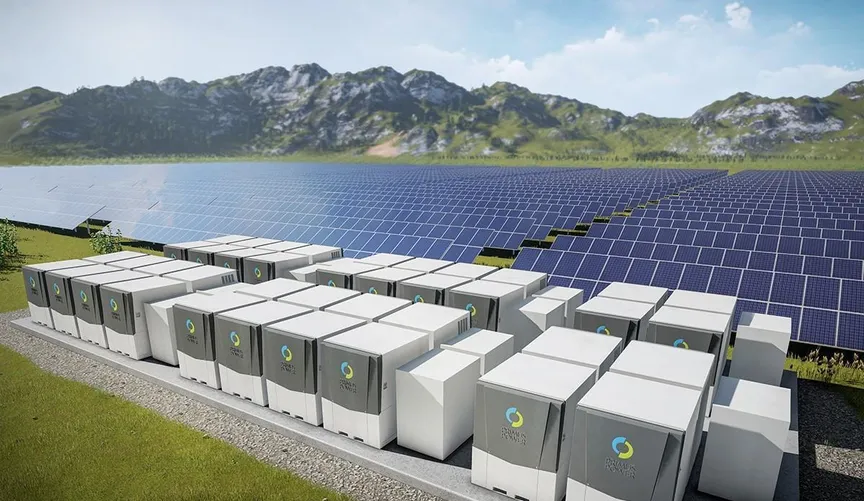


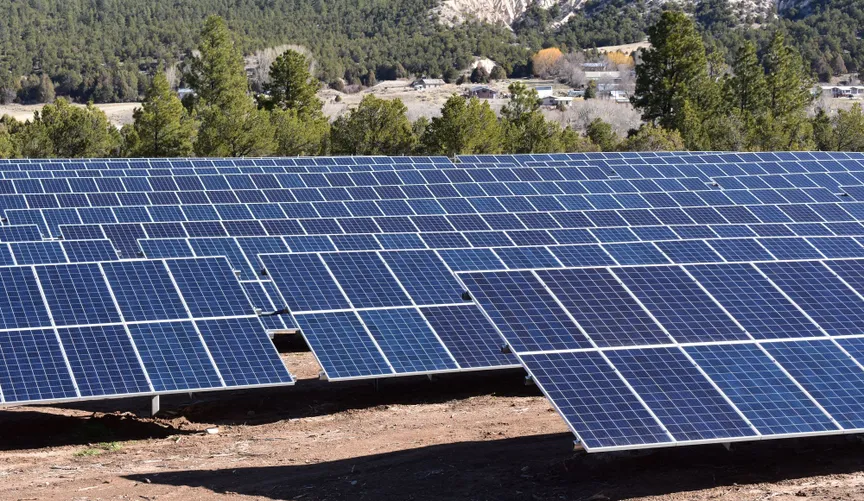
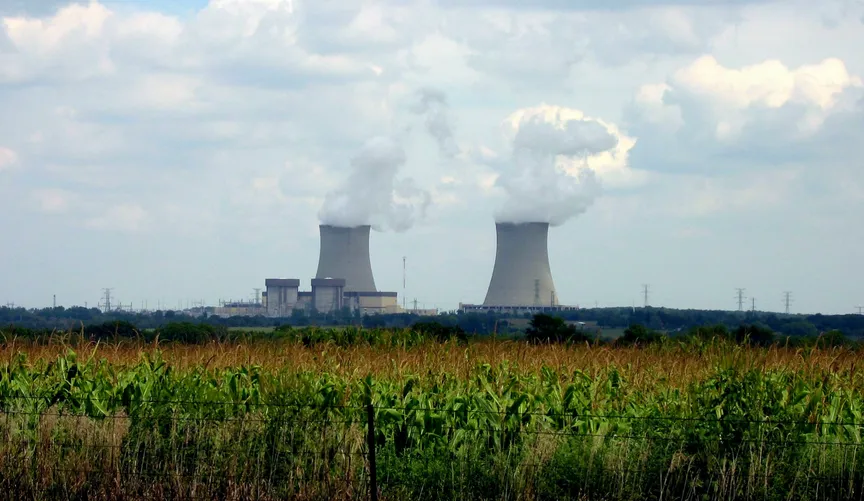






























.svg)

